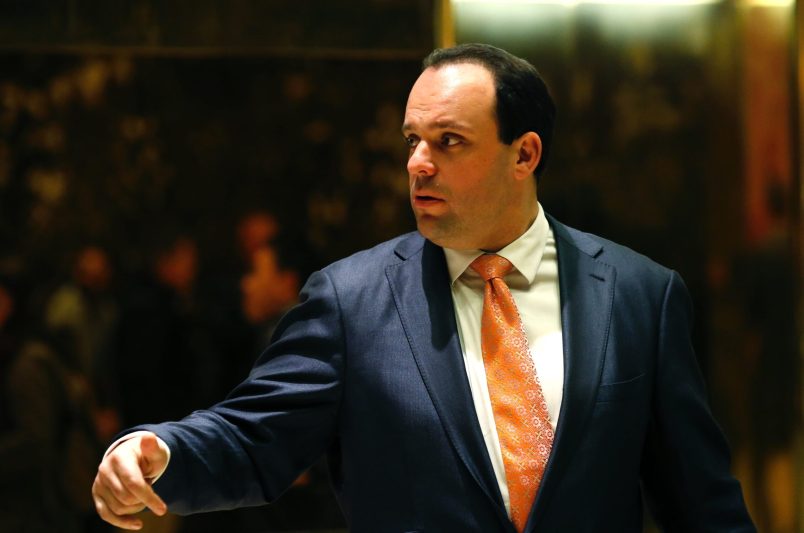The Italian Connection, Part III
I discussed in installments one and two of this series my early reporting on the origins of the Niger forgeries and how we later learned the identity of, and made contact with, the man at the center of the drama: Rocco Martino. As I discussed in the earlier installments I was working with a team from 60 Minutes, sharing sources, each of us pursuing the Niger story for publication in our separate mediums.
I first met Martino at a restaurant in mid-town Manhattan in early June 2004. Heâd come to New York to be interviewed for the upcoming segment on 60 Minutes and also, per our arrangement, to be interviewed by me. I should add that in this conversation and in the subsequent ones I will describe I always spoke to Martino through a translator, though there were occasional moments, and more over time, when it seemed he had some working command of English.
In the various press accounts that have appeared over recent months Martino is often described as âdapperâ or refined in appearance. And that is largely correct. In fact there was a genteel quality in his appearance and manner that belied the scrounging, always-desperate-for-money life which we learned he had led.
Martino was in his mid-sixties, thickly-built and robust for his age. In notes I took when I met with him for the final time two months later I described him as âall gray on the sides, salt & pepper on top, dark complected, thick mustache, mainly grey, S&P in middle, thick features, delta nose, bags chiseled under eyes.â
In its essential outline, Roccoâs story was a simple one. From the beginning, he insisted that he did not forge the documents. And he never claimed to have direct knowledge about who did. But the trail led back to SISMI â Italian military intelligence â through a former colleague named Antonio Nucera, a SISMI colonel working in the ‘8th division’, which worked on counter-proliferation and weapons of mass destruction.
As Martino told me in a subsequent conversation, once heâd become far more candid, he had known Nucera for more than twenty-eight years. Theyâd first met not long before Martino had entered SISMI in 1976. And theyâd remained in regular contact after he left the organization a decade later.
As Martino described it, their ongoing contact served two purposes. Nucera was Martinoâs point of contact for the on-going work he did for SISMI for years after leaving the service. And Nucera was also the conduit through whom he kept SISMI abreast of his work for other clients â a key issue, since some were intelligence agencies of other countries.
SISMI is notorious for being riven by factionalism and deeply politicized. But Martino described Nucera as apolitical, a man who followed orders, not someone who would get involved in something like the documents caper on his own account or out of a personal ideological motivation. Whatever Nuceraâs role, Martino believed he would have been acting on orders from above.
The chain of events leading to the documents began when Nucera approached Martino with a proposition. Nucera explained that SISMI had long had a woman working in the Nigerien Embassy in Rome, in spy jargon, a SISMI âassetâ. Earlier she had been employed at another African Embassy in Rome, then too working for SISMI. Now, though, the agency was done with her.
But Martino, being in the business of buying and selling information, could perhaps take her on. She could provide information on immigration from Niger and Islamist groups in Western Africa. He would pay her, as SISMI had. And she would pass on to him, as she once had to SISMI, documents she copied or stole from the Embassy.
Martino met with the woman and ironed out just such an arrangement.
That was in March 2000.
The documents, which would later become notorious as the âforged dossierâ, didnât come to Martino in a single bundle. They came slowly over many months. First came the âcodebook,â then other documents included the dossier, some of which were genuine. The purported âaccordâ came last, some time late in 2001.
In the next installment, how Martino initially withheld key information, new evidence that corroborated his story and SISMI’s role, and how SISMI began campaigning against the planned story on the Niger papers even before it appeared.






